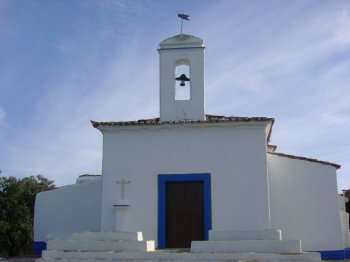Explore the best places
Monuments in Borba
Recolhimento de Nossa Senhora das Dores
- heritage
Rua Dom António de Melo de Castro
7150-156, Borba
Old beatério of very simple construction, without ostentation and with a church without façade facing the street. It was founded by testamentary disposition of d. Joana de Azevedo Mourão Castelo Branco, widow of Fernão Vaz Strain.
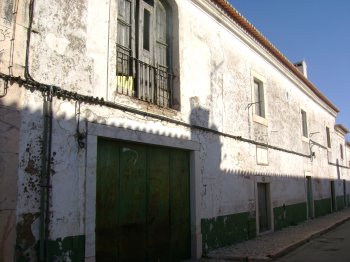
Edifício dos Paços do Concelho de Borba
- heritage
Praça da República
7150-249, Borba
It was in the course of an urban reorganization process, in the late 18th century that these Steps were built by the military engineer José Álvares de Barros. Inside you can see a brutal white marble staircase and black, plus rooms with ceilings painted. The tiles from the Factory Widow Lamego representative of the battle of Montes Claros is 20TH century.

Palácio dos Fidalgos Silveira Menezes
- heritage
Rua Humberto Silveira Fernandes, 16
7150-129, Borba
Palace built by Councillor José Victorino Zuzarte Coelho da Silveira, with interior decoration highly sponsored by owner José Maria Silveira Menezes, in the second half of the 19th century. Here were the illustrious figures dinner as d. Fernando and d. Augusto, after a visit to the battlefield of Montes Claros. Here also lived the poet Humberto da Silveira Fernandes region. Today is a building of guardianship of the Holy House of mercy, rich interior, which includes furniture, tapestries, and decorative arts of 800.
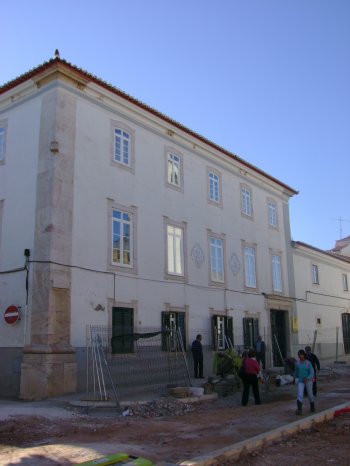
Igreja Matriz de Borba
- heritage
Largo Dom Fernão Rodrigues de Sequeira, 58
7150-249, Borba
The early Church dates from 1260 and was founded inside the castle of Borba and was delivered to the military order of Avis. However, in 1420, was built this church, where it is currently, by coming near the Virgin Mary. In its interior there are ten chapels, each belonging to a fraternity, with heritage of the seventeenth and eighteenth centuries, with emphasis on the Chapel of souls, composed of three marble altars.
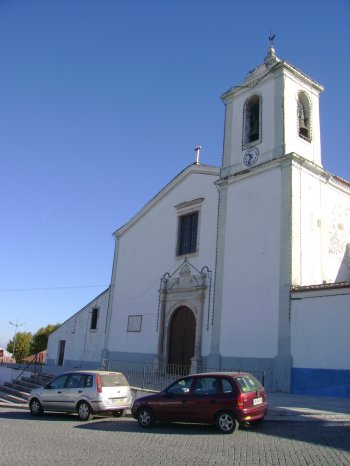
Igreja das Servas
- heritage
Rua Convento das Servas
7150-164, Borba
17th century construction, with Church of a ship, the altars with gilded arches and marble, the choirs, the 17th-century tiles and iron railing. The cloister is of two floors with arches in masonry, back perfect.

Palácio da Família Alvarez
- heritage
Rua de São Bartolomeu
7150-162, Borba
This is yet another monumental palaces whose construction represents the time of splendor of the families who, in the second half of the 19th century, enriched thanks to the production of wine in its greater apogee. In this case, the Alvarez family came from Spain to take refuge in Portugal for political issues and José Maria Alvarez was Minister of industry of the Government of the first Republic.
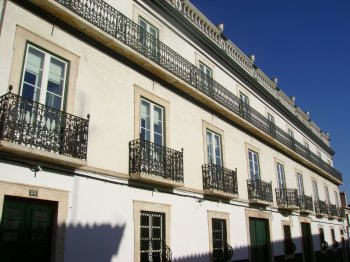
Palacete dos Morgados Cardosos
- heritage
Rua da Cruz, 5
7150-125, Borba
18th century building, built by João Cardoso Moniz de Castelo Branco, Alderman of the Town Hall. This was more a family that made a fortune at the time thanks to the production and marketing of wine. This House follows the architecture of the houses from this era in Borba, where on the ground floor was the production of wine and, on the top floor was the housing area. Today this space is meant for Turismo de Habitação.
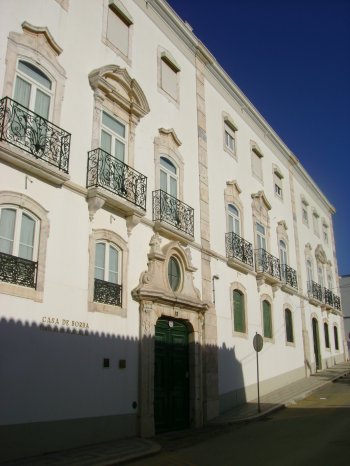
Museu Paroquial Beato Domingos de Borba
- heritage
Rua Doutor Ramos D'Abreu, 103
7150-158, Borba
Incorpora um conjunto de peças de arte sacra como esculturas de ícones católicos, pinturas, documentos de arquivo, livros antigos, oratórios e outros objetos de culto. O Museu Paroquial Beato Domingos de Borba pode ser visitado por marcação prévia.
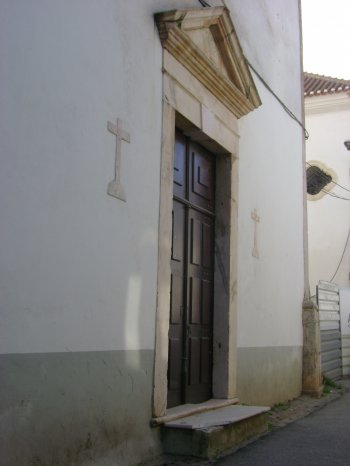
Convento de Nossa Senhora da Luz
- heritage
Rio de Moinhos
7150-322, Rio de Moinhos
Convent built between 1574 2 1598, by order of St. Paul. Has Chapel and the name of this monastery derives from their location in the Valley of Montes Claros. Was heavily restored in the 18th century and from this time the tiles in the chancel. In 1834 the convent became private property, but retained the most distinguished aspects.
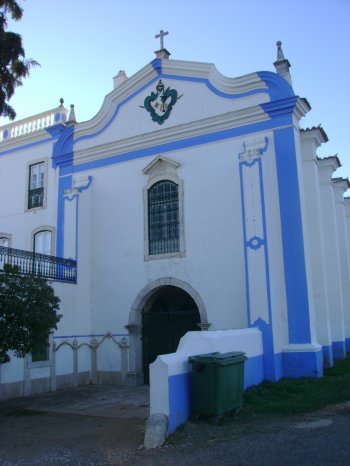
Igreja de Santa Bárbara
- heritage
CM1170
7150-202, Borba (Matriz)
This church has a simple façade with a blue top, very typical from this region, with some steps preceding the entrance. It used to serve the farmers working in the surrounding estates and it is known as the destiny for the Sunday’s services for this region citizens during the 19th century. The inside is totally covered with wall paintings besides the 17th century paintings. During the Easter it receives pilgrimages.
